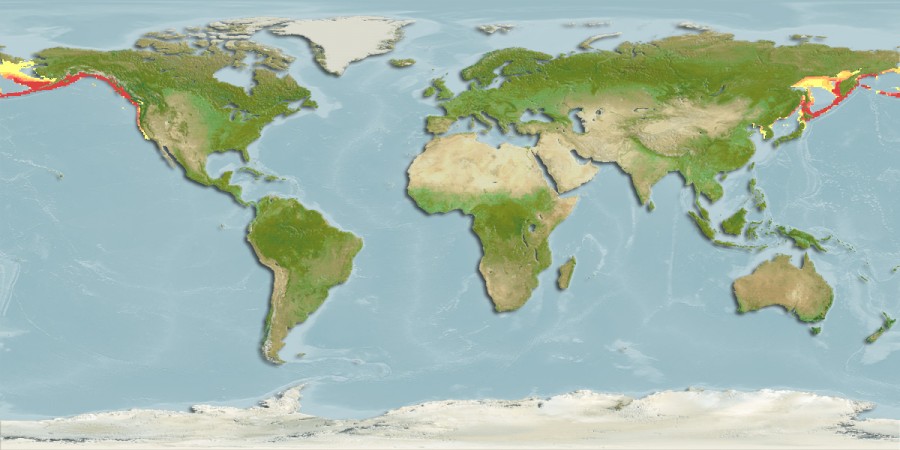E-Fauna BC: Electronic Atlas of the Wildlife of British Columbia
Hemilepidotus hemilepidotus (Tilesius, 1811)
Red Irish Lord Family: Cottidae
|
||||||||||||||||||||
